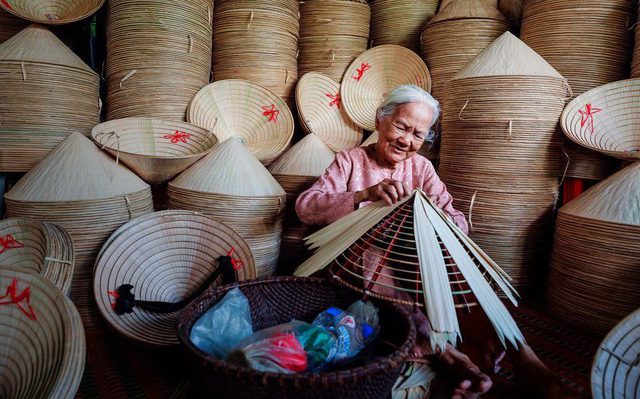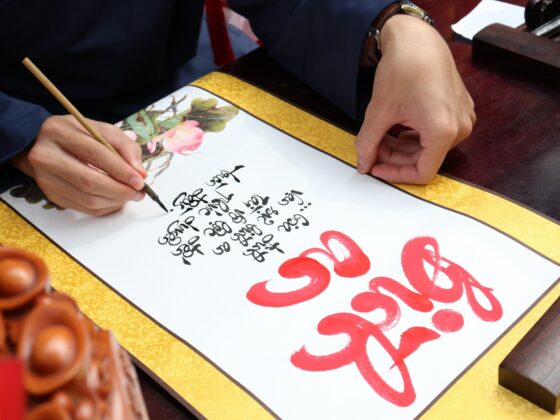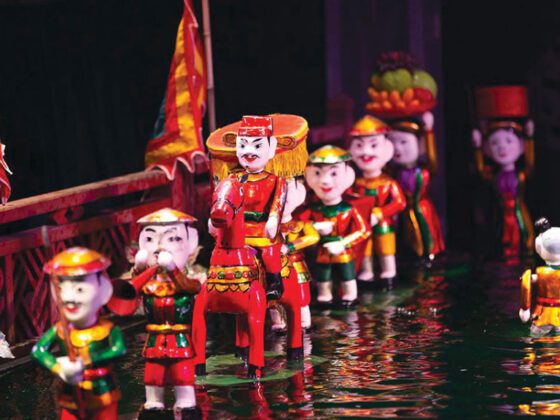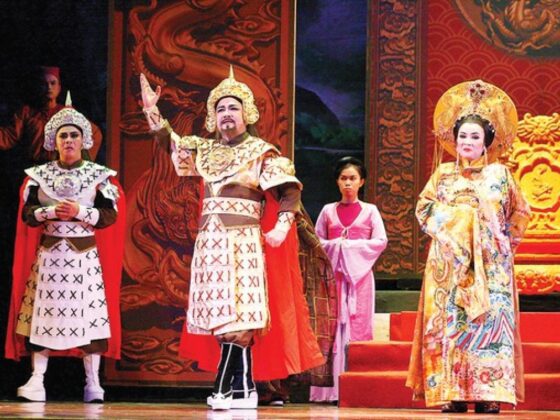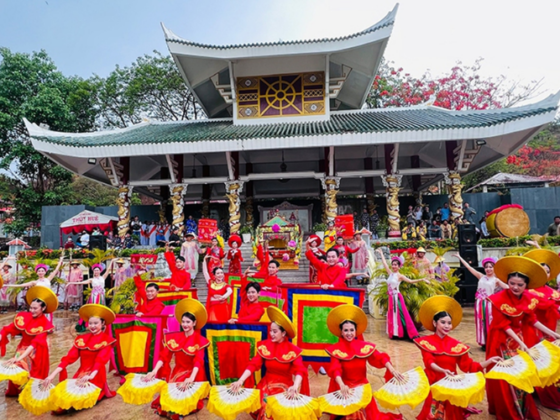Table of Contents Show
✍️ AI is summarizing:
The Vietnamese conical hat, known as the nón lá, stands as one of Vietnam’s most beloved symbols, embodying the nation’s agricultural heritage and rich cultural identity. Traditionally crafted from palm leaves and bamboo, this iconic hat serves both practical and aesthetic purposes, deeply rooted in the daily lives of the Vietnamese people.
With its distinctive shape, the nón lá not only provides essential protection from the sun and rain but also tells a story of resilience and connection to the land.
Read more interesting posts:
- The Ao Dai: A Timeless Symbol of Vietnamese Culture & Traditional Dress
- The Art of Vietnamese Pottery: A Timeless Tradition in Bat Trang Village
- Vietnamese Calligraphy: The Meaning, Art, and Tradition of Thư Pháp
How the Vietnamese conical hat is a daily companion for farmers
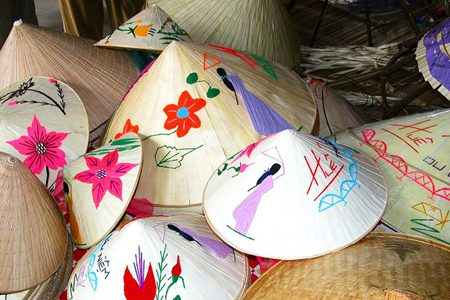
Worn by people of all ages, the nón lá is a familiar sight in rural areas, particularly in fields where rice is cultivated. It represents the hard work and dedication of farmers, symbolizing their enduring relationship with nature. The hat is more than just a functional accessory; this iconic Vietnamese conical hat embodies the spirit of Vietnamese life, celebrating the harmony between the people and their environment.
As you wander through the countryside, you’ll often see farmers tending to their fields, their nón lá perched atop their heads, a shield against the elements. This image captures the essence of Vietnam’s agricultural roots and reflects the pride that comes with working the land.
Why the Vietnamese conical hat is a timeless symbol of femininity

Beyond its practical use, the Vietnamese conical hat has evolved into a symbol of Vietnamese femininity and grace. It is frequently featured in art, photography, and fashion, showcasing the beauty and elegance associated with this traditional garment. Women often wear the nón lá during festivals, ceremonies, and traditional performances, enhancing their attire with this striking accessory.
The hat’s design varies by region, with different styles reflecting local traditions. Whether adorned with intricate patterns or kept simple, each Vietnamese conical hat tells a story about its origin and the community it represents. This diversity adds to the richness of Vietnamese culture, making it a cherished element of national pride.
Understanding the deep cultural significance of the Vietnamese conical hat
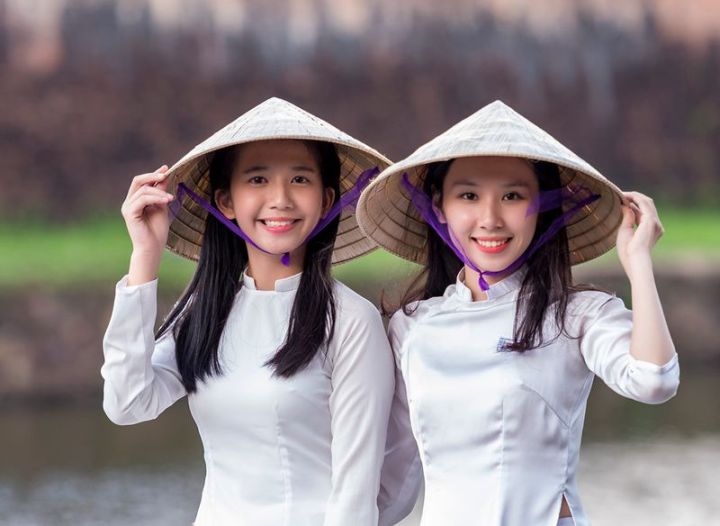
The Vietnamese conical hat, or nón lá, is more than just a hat; it carries deep cultural significance. During traditional celebrations, such as Tết (Lunar New Year) and various local festivals, it is worn with pride, symbolizing respect for heritage and community. It is often seen in performances that highlight Vietnamese folklore, where its presence enhances the narrative and visual beauty of the story.
In contemporary Vietnam, the nón lá continues to shine as a timeless emblem of national identity. It appears in fashion collections, souvenirs, and artworks, captivating both visitors and locals alike. The hat is a beloved keepsake for tourists, often serving as a reminder of the warmth and hospitality of the Vietnamese people.
A timeless icon: The Vietnamese conical hat and the essence of Vietnam
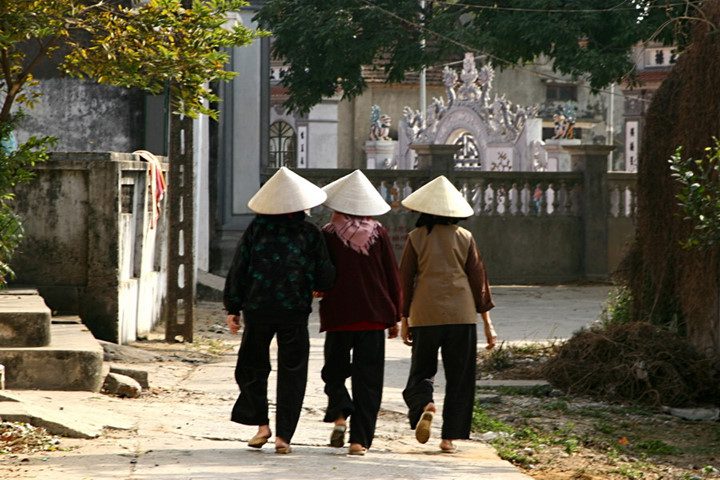
As the world constantly transforms, the Vietnamese conical hat remains a steadfast symbol of Vietnam’s enduring beauty and vibrant resilience. It not only bridges the past with the present but also connects generations through its timeless design and profound cultural significance. Whether worn by a farmer in the fields or showcased in art exhibitions, this conical hat consistently represents the spirit of Vietnam – a harmonious blend of tradition, diligence, and grace.
In every fold and curve, the nón lá encapsulates the essence of Vietnamese life, reminding us of the importance of heritage and the beauty found in simplicity. As you explore Vietnam, take a moment to appreciate this iconic hat, a true testament to the country’s lasting culture and the heart of its people.
Conclusion
In essence, the Vietnamese conical hat, or Nón Lá, is far more than a simple piece of headwear; it is a profound symbol woven into the fabric of the nation’s identity. It is both a practical tool for the farmer and a graceful accessory that embodies Vietnamese femininity and culture. For any traveler, to see the Nón Lá is to see a living piece of Vietnam’s soul—a timeless icon that continues to shelter, define, and beautify a nation.
To delve deeper into Vietnam’s fascinating culture and plan your travels, join our community on the ExoTrails Vietnam Facebook group and follow the ExoTrails Fanpage!
FAQs
What is the Vietnamese hat called?
The iconic Vietnamese hat is called the “Nón Lá,” which translates to “leaf hat.” It is the traditional conical hat of Vietnam.
Why is the conical hat a symbol of Vietnam?
It is a symbol of Vietnam because it represents the country’s agricultural heritage, the resilience of its people, and is also an icon of Vietnamese femininity and grace.
What is the purpose of the conical hat?
Its primary purpose is practical: to provide protection from the intense sun and heavy rain for farmers and workers. It also serves important cultural and aesthetic roles.
Who wears the Nón Lá?
The Nón Lá is traditionally worn by people of all ages in rural areas, especially farmers. It is also worn by women as a graceful accessory during festivals and special events.
What is a Nón Lá made from?
A Nón Lá is traditionally crafted from natural materials like palm or lotus leaves, which are flattened and sewn onto a conical frame made of bamboo.
Is the conical hat still worn in Vietnam?
Yes, the conical hat is still widely worn in Vietnam today, particularly in the countryside by farmers and as a cultural symbol during festivals and performances.

